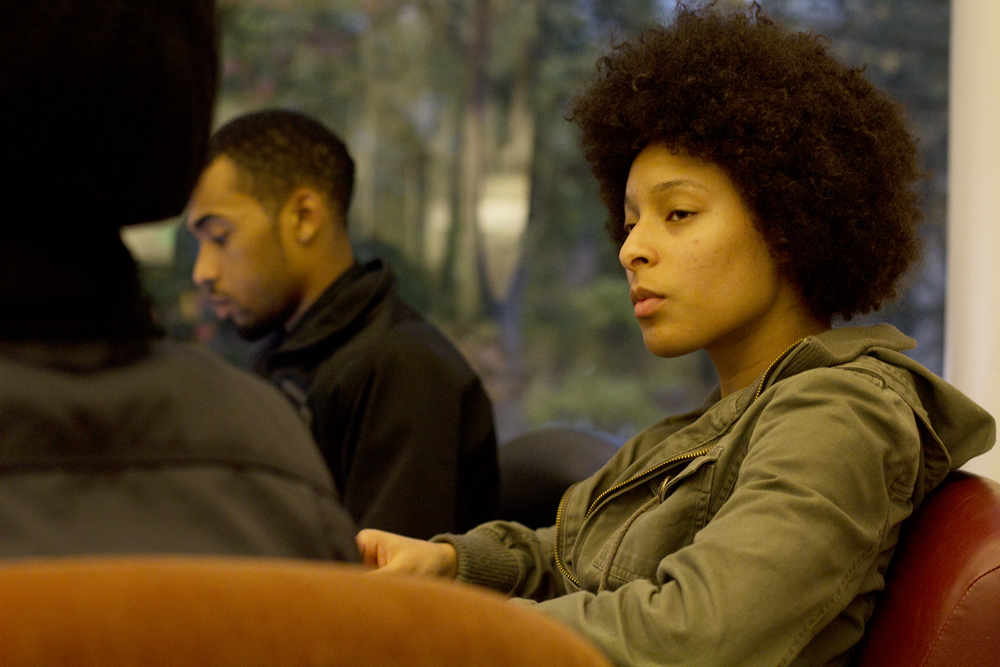It’s 7 p.m. on a Tuesday, and people are slowly milling in, one by one, through the doors of the downtown Mercy Corps Action Center.
Housing the homeless
It’s 7 p.m. on a Tuesday, and people are slowly milling in, one by one, through the doors of the downtown Mercy Corps Action Center.
There’s a buzz in the air as people chat—this is clearly a community of people here to get involved.
Designers and architects gathered with students and community members for the kick-off of Design Week Portland on Tuesday, Oct. 9 to discuss how art, design and architecture can be used to enact change among the homeless community.
“We are the city that is doing something—and we are the best at it—but it’s only the tip of the iceberg,” Sergio Palleroni, an associate professor of architecture at PSU who led the evening’s conversation, began.
People in the room began to settle into chairs in front of the giant screen facing the crowd, with a slide show that displayed “Mercy Corps Action Center” and “Design Week Portland.” About 100 people attended.
The discussion switched to the PSU Department of Architecture’s Distinguished Visiting Professor of Cross-Cultural Architecture, Teddy Cruz, described by Palleroni, who works with him, as a “legendary nutcase of activism.”
“What we need to do is to invest in creative energies artistically, politically and economically,” Cruz said over a loudspeaker via cellphone. “We need to think of design…advancing and challenging the housing policies and economics.”
Cruz then shared one of his favorite personal analogies, inspired by General David Howell Petreaus, current director of the CIA, which describes the ability of a soldier to transcend the “G.I. Joe image” and connect with people in a war zone.
“If a soldier can transform, why can’t architects, as well?”
“Design with a purpose is hard,” Palleroni said. “You can’t stand at a distance, but must participate with the world.”
The discussion then moved to the audience, who were invited to share their stories about local and regional use of architecture as a means of enacting change among the homeless community.
A group of architecture students from the University of Oregon stood up to explain their school project in Eugene, which is finding ways to shelter the homeless, followed by a few other community members who shared their experiences with running into trouble when trying to incorporate and integrate design and social activism.
But why does this matter?
Oregon’s homeless population has increased dramatically within the past decade, and is estimated to continue if measures aren’t taken to change the situation.
“Many are on the street because they don’t fit anywhere. Some are abandoned, some it’s economics—some find the first family they’ve ever had,” Palleroni said. “The idea of belonging is more important.”
Palleroni explained how many homeless youth in Portland are homeless by choice, not because they were forced to the streets.
“Homelessness is a complex issue,” he said.
Peter Schoonmaker, chair of the Collaborative Design Program at the Pacific Northwest College of Art, closed the discussion. Some 80 percent of architecture students are interested in public interest design. Schoonmaker challenged the students with a question: How can the designs be useful, applicable and helpful?
We may not have all of the answers now, but integrating and adapting the different disciplines will provide us with the best options to help to diminish the homelessness in Portland, Schoonmaker said.



